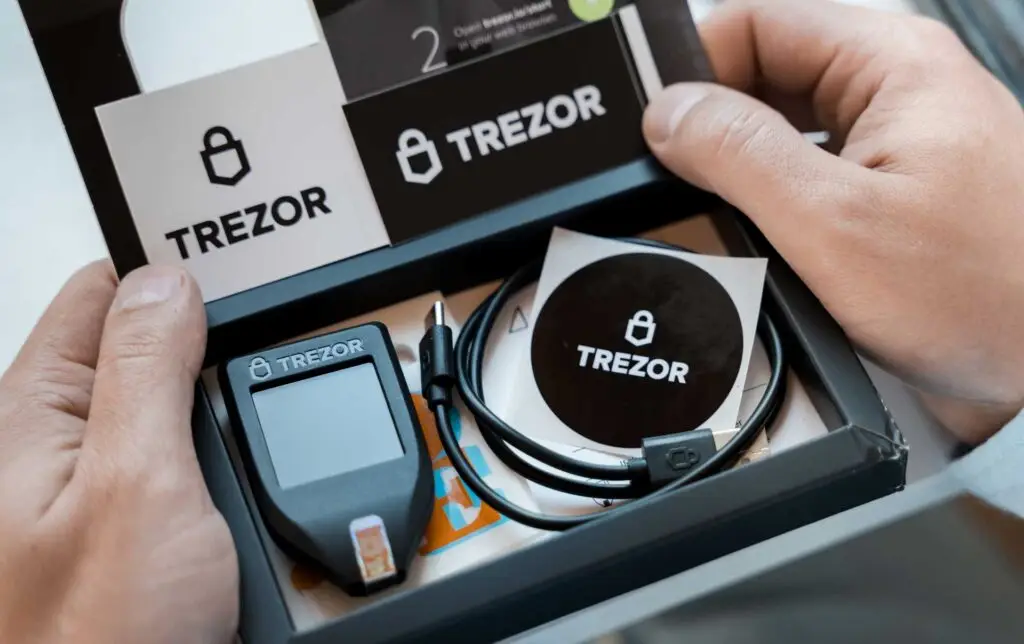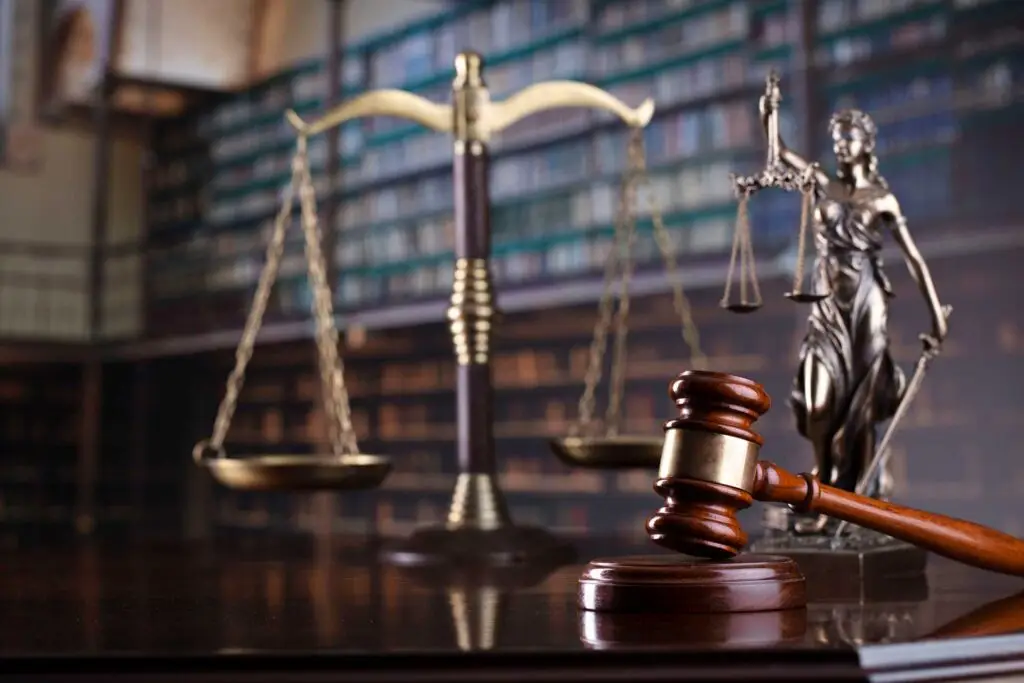
How to Recover Digital Assets Held by a Deceased Family Member
The sudden loss of a family member is an emotionally taxing ordeal, and when that loved one was immersed in the world of cryptocurrency, the grieving process often intertwines with the complexities unique to digital assets. With this article, we aspire to provide solace and guidance to families coping with such a loss in today’s digital age, offering practical steps to manage the digital aftermath and honor the memory of the departed.
Introduction
Death is an inevitable part of life, but the rise of digital currencies has introduced new challenges in the processes of bereavement and inheritance. As cryptocurrency continues to gain traction and shape our financial landscape, the digital legacy left behind becomes a significant concern for the families of those invested in these virtual assets.
Understanding the Impact
Losing a member who was active in the world of cryptocurrency is not only a personal loss but raises urgent questions about the fate of their digital investments. It’s crucial to understand and confront not just the emotional, but also the technological intricacies involved.
Navigating the Digital Assets
The foremost step in navigating the deceased’s digital assets is gaining access to their various accounts and storage wallets. This is where foresight in digital estate planning can immensely ease the process. If the deceased left written instructions or used a digital inheritance service, securing these assets becomes more straightforward. Otherwise, families may face daunting hurdles.

Importance of Digital Estate Planning
Digital estate planning is essential to ensure that loved ones are not locked out of digital assets accumulated. It’s crucial for crypto investors to leave clear, secure instructions for accessing and managing their cryptocurrency holdings post-mortem. At minimum, written instructions should be stored in a safe place that is well-known by family members. Better yet, it’s advisable for those involved in digital asset investments to join a community or small local group of knowledgeable crypto investors. Such networks can provide critical support in times of need. In the event of an individual’s incapacitation or passing, group members could aid the family in navigating the complex recovery process. This approach fosters a collective understanding and offers a contingency plan, ensuring that digital investments are retrievable and the legacies of investors are preserved. A small group can encompass various communities, such as churches, neighborhoods, businesses, or local social networks. It is recommended to organize regular social events centered around educational presentations, aimed at familiarizing family members with the digital asset cryptoverse and promoting their understanding and engagement.
Overcoming Knowledge Barriers
In many instances, families of cryptocurrency investors are unfamiliar with the intricacies of these digital assets. They may fail to comprehend their relative’s involvement in such ventures — and even ridicule them for their interest in this modern financial frontier. This lack of understanding can lead to significant complications when it becomes necessary to manage or inherit these digital investments. Given this, it is crucial for family members to provide support to those involved in cryptocurrency and have knowledge of the safekeeping of cryptocurrency passwords, key phrases, and cold storage wallets used for security purposes.
Cryptocurrency Storage Options
The list below represents 3 common places where a crypto investor might store cryptocurrency investments. Initially, all exchanges require a linked USA bank account for funding and withdrawal purposes. Based on this, cryptocurrency exchange accounts may hold a combination of cash and cryptocurrency assets, which may include cryptocurrency “Stablecoins” which are pegged to the U.S. Dollar. In each case, instructions should be written down that explain how to access the investment venue with username and password.
- Cryptocurrency Exchange – 3 common crypto exchanges in the USA are Coinbase.com, Kraken.com, and Crypto.com*. To use any crypto exchange you must first verify your identity and follow the “Know Your Customer” (KYC) procedures required by the exchange. This step is required to prevent fraud and money laundering. Once a U.S. bank account is linked to the crypto exchange account, U.S. Dollars are used to purchase various cryptocurrency assets. Once that account is verified and funded, a cryptocurrency exchange will then allow approved digital assets to be sent to that account from other sources. These “received” assets can then be stored in the exchange account or traded for other assets. Each account owner can then decide to store all assets held for long term investments in the crypto exchange account, or to send the crypto assets to a self-custody storage device.
- Traditional Stock Exchange Traded Fund (Spot ETF) – On January 11, 2024, nearly a dozen Spot Bitcoin ETFs became available to institutional investors like Fidelity Investments. In doing so, crypto investments became available to all investment advisors, which in turn, meant crypto investments could be available to IRA and Pension Funds at an institutional level. This made investing in cryptocurrency much less complicated. For example, to invest in a Spot Bitcoin ETF, you can simply use (or open) an account at Fidelity Investments where traditional investments are processed, and then place a Buy order for FBTC which is Fidelity’s version of a spot Bitcoin ETF. Then you are done! For only a 0.25% fee (on average) your digital assets are then stored by Fidelity with the Coinbase USA cryptocurrency exchange.
- Self-Custody Storage Device – Once Digital Assets have been purchased on a Cryptocurrency Exchange, they can be stored on an exchange or transferred to a self-custody storage device. Brand names for well-known storage devices are: Trezor; Ledger; and Tangem. The process of sending and receiving digital assets can be somewhat scary and has an element of risk. It is great to have the ability to transfer digital assets 24 hours a day and 7 days a week, but unless the correct procedures are followed, there is the possibility that the amount of crypto being transferred could be lost forever. The process is very simple and straight-forward for experienced users, but again, you must always be careful with cryptocurrency transfers. Therefore, new crypto investors may consider keeping funds on a cryptocurrency exchange — or using a spot Crypto ETF like Fidelity. Although a spot Bitcoin ETF may carry an average custody fee of 0.25%, this might be worth it for those that do not like the complexities of self-custody storage.
* For security purposes, most cryptocurrency exchanges recommend using “2-Factor Authentication” (2FA). If this is the case, a family member or advisor of a deceased or incapacitated crypto investor will need access to the investor’s cell phone or tablet. Common Apps used would be either Google Authenticator or Authy. If this were the case, it is important for the investor’s passcode to be stored or written down for the cell phone or tablet being used for 2-Factor Authentication.
Steps to Access and Secure Crypto Assets
- Locate all digital storage devices (also know as cold wallets because they are kept offline) and written records that would include passwords and procedures to access the storage device.*
- Take an inventory of the assets stored on all devices and decide on which assets to keep and which to liquidate.
- Do the same for online cryptocurrency exchanges that can receive digital assets from a self-custodial storage device and sold for local currency.
- If necessary, seek assistance from tech-savvy individuals or groups within your community, or seek professional digital asset recovery services.
- Other storage devices may also be brands like Ledger or Tangem.

* It is crucial to grasp that digital assets such as Bitcoin or Ethereum do not physically reside on a storage device. Instead, they exist within their respective blockchains; the storage device merely holds instructions for accessing said assets on the blockchain. Therefore, in the event of a lost or stolen storage device, one can obtain a replacement and retrieve all blockchain information by entering the “Private Keys” securely documented in a safe location. It is advisable to maintain a backup copy stored in a bank’s safe deposit box for added security.
Tax Implications and Regulatory Aspects
Be aware of the tax responsibilities that come with inherited digital assets. Check to see if a deceased or incapacitated crypto investor used a crypto accounting and tax software. Examples could be Koinly; CoinLedger; or ZenLedger. These online crypto tracking programs, if used, will have a list of all crypto exchanges and storage devices used and the resulting gains and losses of each cryptocurrency investment. So, look for usernames and passwords needed to access these programs.
Legal Considerations
The legal landscape surrounding digital assets is still evolving. Navigating it requires patience, and at times, professional advice. It is possible to find lawyers or accountants who specialize digital assets, but it may be difficult.

Forming Digital Asset Committees and Social Networks
It is becoming increasingly important for organizations to step up and support their community members during trying times. Establishing a Digital Asset Committee within churches and non-profit organizations can be a compassionate and vital resource for families grappling with the complexities of a loved one’s digital assets after their passing. These committees have the potential to proactively educate members about the significance of digital estate planning. They can also provide guidance and support for securing and transferring digital investments during bereavement, thus preserving and honoring digital legacies.
Forward-thinking and responsible crypto investors are now forming small, trusted groups to share private information. This doesn’t entail disclosing usernames, passwords, or key phrases, but rather sharing valuable insights that can assist bereaved family members in the event of a member’s passing. For instance, group members can compile a written record of their crypto exchanges, storage devices, and even tax and accounting programs used to track trades. Additionally, the written list can include the secure location of usernames, passwords, and key phrases to facilitate the recovery of invested and stored digital assets.
In the unfortunate event of a group member’s passing, it is possible for other group members to offer their support by assisting the bereaved family in accessing the deceased member’s accounts using their actual usernames and passwords. Once access is granted, decisions can be made regarding the management of any crypto investments. These decisions may include converting the investments into cash and accounting for any gains or losses, reallocating the digital assets, or distributing them among various family members or relatives. After all the necessary decisions have been made, a designated family member or trusted group member can change all passwords and store them securely. To ensure transparency and prevent any potential misuse of information, it is advisable to have more than one support group member present during family meetings. This approach reduces the risk of exploitation and safeguards the usernames and passwords of the deceased family member.
Share Buttons (Share on Your Own Social Media Account).
© 2022 All Rights Reserved.
